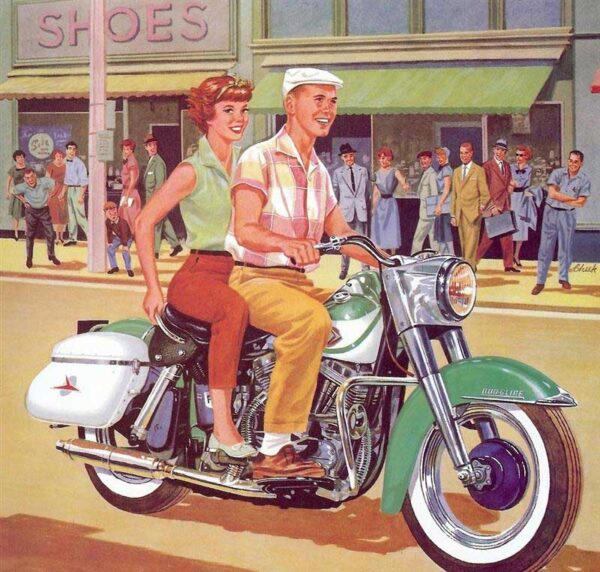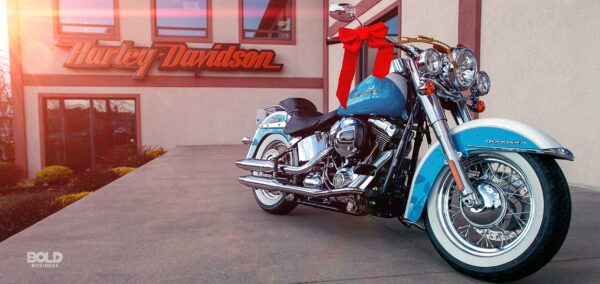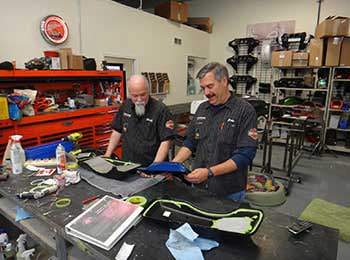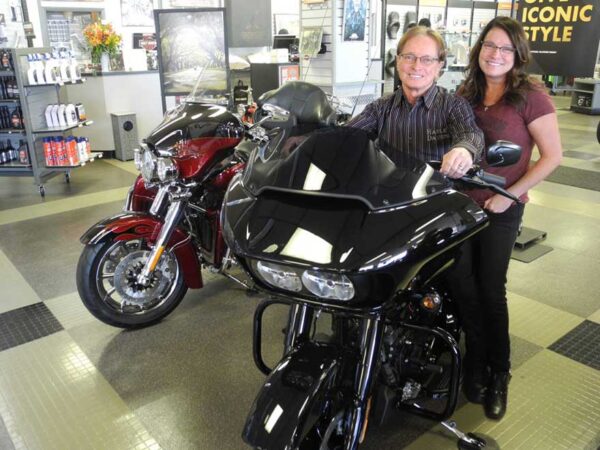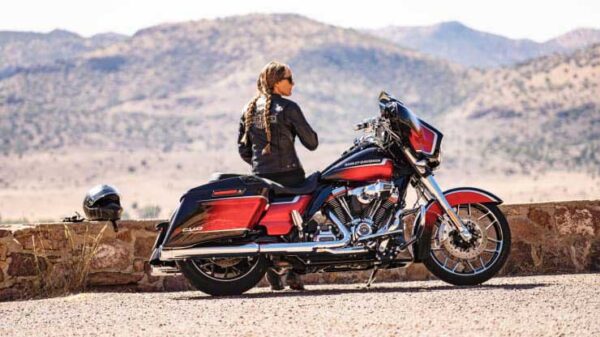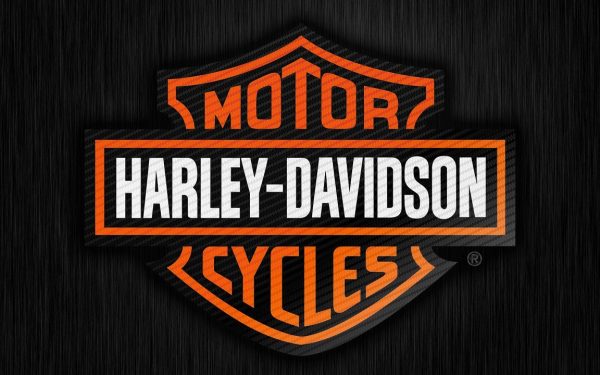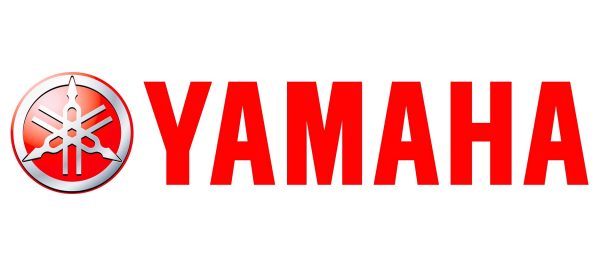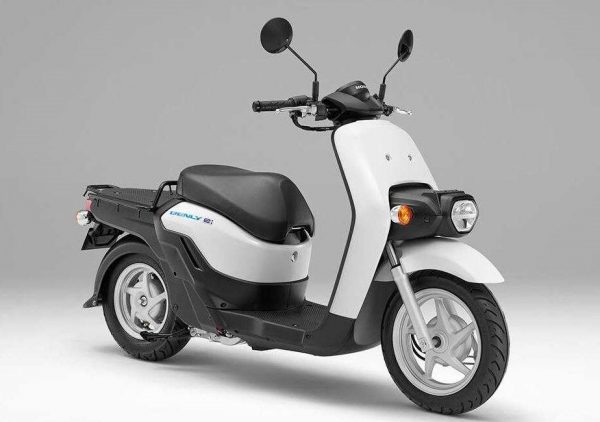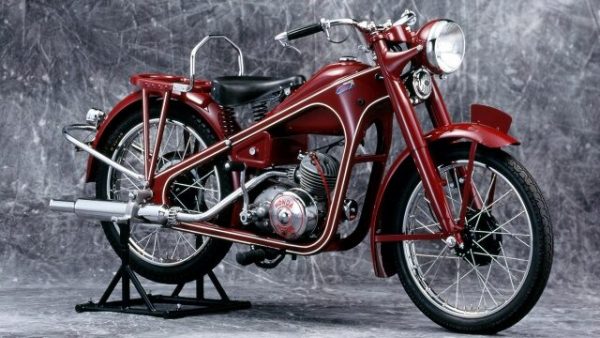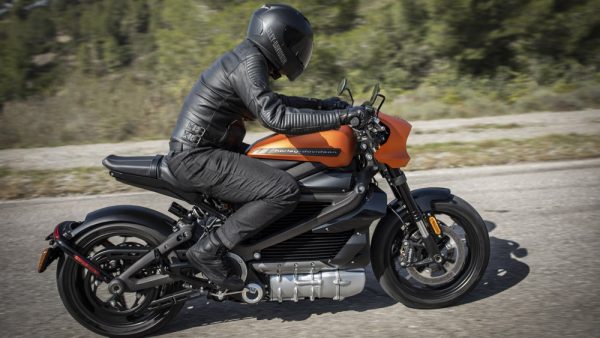by Allison Tunstall from https://valpo.life From custom jobs to throwback styles, Harley-Davidson of Valparaiso’s Paint Shop is a unique service offered in-store—one of the only Harley-Davidson dealers in the Midwest to house its Paint Shop right in the service center. Dealers from surrounding states from Ohio to Kentucky send their parts to the shop located on US 30, where the “Dynamic Duo,” John Galloway and Randy Melton, have been creating one-of-a-kind motorcycle looks for decades. It is easy to see why so many riders and dealers trust Galloway and Melton with their bikes. Galloway, who started his painting career in his brother’s motorcycle shop and has continued painting for over 30 years. He and his team use only the most state-of-the-art technology and methods to create custom and industry-standard style. They are commited to creating quality, lasting work their customers love. “We don’t do any shortcuts,” Galloway said. “We have a reputation of creating lasting work. We don’t want people to come back in a few years saying they’ve had problems, so we use the best product you can get as far as paint, primer, paint guns, air brushes, and more. Our spray booth is top of the line, which helps us get a better product out.” “Recently, two riders brought their bikes to us and said that we’re the only ones they trust to create the look they want for their bikes,” he continued. “For years, I’ve worked with dealerships in Ohio, Kentucky, and Wisconsin, which continue to send me parts and tell me how satisfied their customers were with the job. It really makes a difference.” Galloway and Melton specialize in repair and refinishing Harleys. If a bike has a scratch, dent, ding, mark, you name it, the duo gets to work repairing and detailing so it looks

